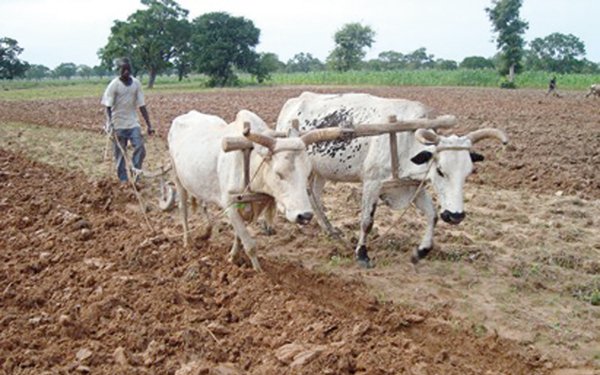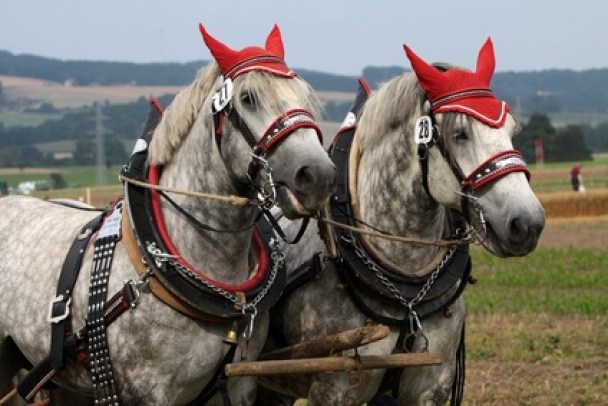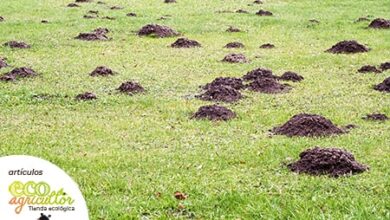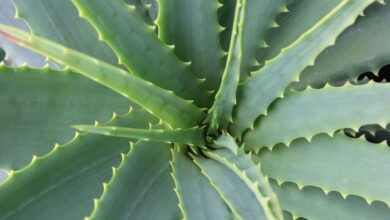Animal traction in Ecological Agriculture: What are the benefits?

In this article I will tell you a little about animal traction: what it consists of, what its advantages are in Organic Farming and I will tell you a little about a demonstration day that will take place this week in Labastida (Álava, Spain).

What is animal traction in agriculture?
Animal traction is the use of animals that pull machines or implements for use in cultivating the land. That is, to till the land before sowing or planting, to apply compost or other fertilizers, to “break up” the soil as is done with the KeyLine technique, to transport the harvest, etc.
Before the Green Revolution and the widespread use of motorized machinery, animal traction was the norm for farm work. With the arrival of tractors, draft animals (such as donkeys, oxen, horses…) were no longer used for this purpose and are currently totally obsolete in conventional agriculture.
Why go back to animal traction?
The substitution of machines for animals hastened the process of harvesting and working the land, since tractors are obviously faster and perform more homogeneous work than animals, but it also has negative aspects such as the expulsion of labor from rural areas (with a tractor you need fewer farmers and when there is no work, many of those who live in rural areas are forced to make a living in cities), dependence on fuels, rising costs in agriculture, the impact on the environment, the impossibility of working on terrain that is too rough, etc.
Although it may seem an obsolete practice, today animal traction is presented as an alternative to improve the sustainability of the planet, and is an option that is increasingly used – or thought – in Ecological Agriculture (most of the time in combination with tractor traction) for the environmental, social, economic benefits or the practical advantages that it can bring. Some of these advantages are:
- The production of manure from working animals, which collaborates for a more natural, ecological and sustainable fertilization.
- Draft animals are herbivorous, which can be an advantage when removing wild vegetation and weeds on farms.
- The presence of animals that walk on the cultivated soil improves the permeability, structure and microbiology of the soil. (More on this in the Regenerative Agriculture post).
- Less dependence on fossil fuels and greater dependence on labor (more work in rural areas).
Rioja Tierra Viva and its involvement in the dissemination of knowledge
A few months ago I told you about Ángel and Raquel in the article Rioja Tierra Viva – Regenerating the earth. These farmers, who are dedicated to practicing Biodynamics, carry out important educational work by teaching and spreading among interested farmers the most sustainable and ecological techniques that they have been learning thanks to their experience in this field.
In this case, since we are talking about animal traction, let me tell you that the National Animal Traction Association and Rioja Tierra Viva collaborate to publicize the tricks of this ancient technique: the use of animals for the work of the Earth. They organize informative days and demonstrations.
I’m sure it will be very useful for wine growers in the area who want to change the way they do agriculture a little, and it never ceases to be interesting to have the opportunity to learn from people with extensive experience.
For more information about this conference or future courses such as the ones we mentioned in the post Rioja Tierra Viva – Regenerating the Earth, you can click on the image on the right, where you also have contact telephone numbers and emails.
More about animal traction in agriculture
I leave you this link to a blog in which a study on animal traction in agriculture written by two scholars on the subject is published. Interesting article and reflections.
And if you are interested in conventional agricultural machines you can visit this other site: Tractors and Machines

![Photo of Dracaena Marginata Care: [Soil, Humidity and Pruning]](https://www.complete-gardening.com/wp-content/uploads/2022/08/dracaena-marginata-care-soil-humidity-and-pruning-390x220.jpg)


